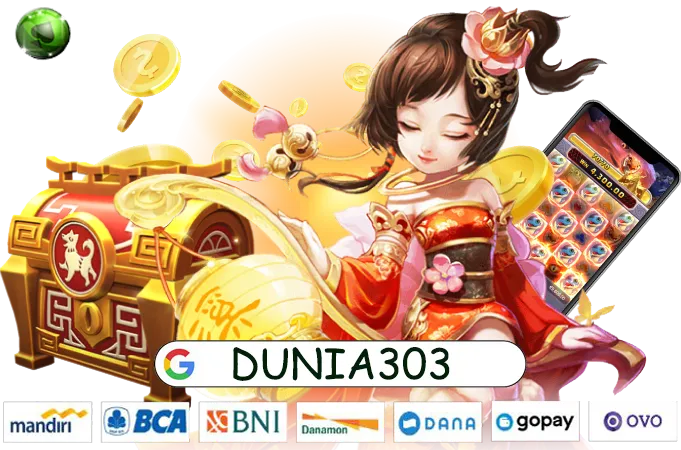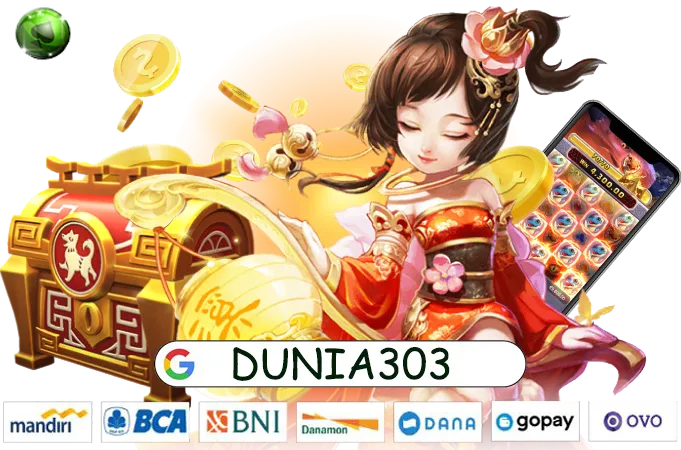My Store
DUNIA303: Situs Judi Slot Resmi 100% Gacor Bikin Ketar Ketir Bos
DUNIA303: Situs Judi Slot Resmi 100% Gacor Bikin Ketar Ketir Bos
Couldn't load pickup availability
Buat para bos slot yang lagi mencari tempat main judi slot gacor yang seru dan bisa bikin untung, DUNIA303 solusinya. Situs slot resmi kami udah terkenal banget karena banyaknya jumlah pemain yang sukses dapetin jackpot.
DUNIA303 punya banyak pilihan permainan slot resmi yang gacor abis. Tiap kali main, rasanya kayak jackpot beneran datang terus - menerus. Enggak cuma itu, situs judi slot DUNIA303 juga menjamin banget soal keamanan data dan transaksi kalian, jadi bisa main dengan tenang tanpa harus mikirin masalah.
Pokoknya, buat kamu semua yang pengen merasakan sensasi gacor main slot resmi dan berharap bisa bawa pulang jackpot gede, DUNIA303 pilihan paling tepat! Langsung daftar sekarang juga dan buktikan sendiri, ya!
Share


